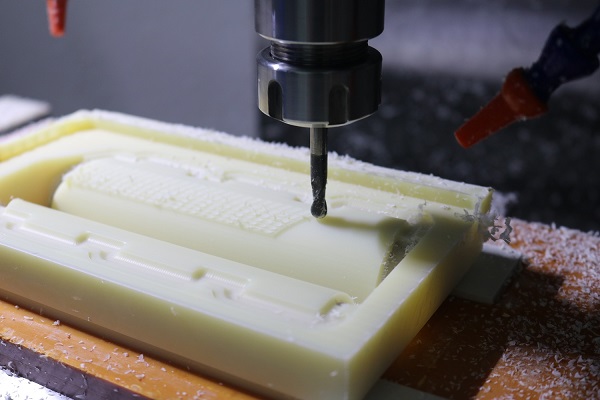Get in touch.
Dear,I will reply in 12 hours. All your message are protected!
Rapid Prototyping Services, Professional manufacturer of CNC Prototyping and 3D Prototyping in China.
CNC (Computer Numerical Control) milling is a widely used manufacturing process that enables precise and efficient material removal. With the ability to create complex shapes and contours, CNC milling plays a crucial role in various industries. In this article, we will explore the techniques and best practices for CNC milling, providing insights to optimize your milling operations.

1.Material Selection:
Selecting the appropriate material is essential for successful CNC milling. Consider factors such as the material's hardness, machinability, and specific requirements of your application. Common materials for CNC milling include metals (such as aluminum, steel, and titanium) and various types of plastics. Choose a material that suits your project's needs and ensure it is compatible with CNC milling processes.
2.Tool Selection:
Choosing the right cutting tools is crucial for efficient and accurate CNC milling. Consider factors such as tool material, tool geometry, and coatings. Carbide and high-speed steel (HSS) are common options for milling tools due to their durability and cutting performance. Select the appropriate tool type (end mills, ball mills, or slot drills) and size based on the desired milling operation and material being machined.
3.Cutting Parameters:
Optimize cutting parameters to achieve optimal material removal rates and surface finish. Adjust spindle speed, feed rate, and depth of cut based on the material properties and desired machining results. Higher spindle speeds and feed rates can expedite material removal, but ensure they are within the limits of the machine and tooling capabilities. Conduct testing and experimentation to identify the ideal cutting parameters for your specific application.
4.Toolpath Generation:
Utilize CAM (Computer-Aided Manufacturing) software to generate efficient toolpaths for CNC milling. Consider factors such as cutting direction, tool engagement, and toolpath strategy. Common toolpath strategies include pocket milling, contour milling, and adaptive milling. Optimize toolpaths to minimize tool movements and reduce machining time while preserving accuracy and surface finish.
5.Workholding and Fixturing:
Securely holding the workpiece during CNC milling is crucial for achieving accurate results. Utilize appropriate workholding devices such as vises, clamps, or fixtures to ensure the workpiece remains stable and properly aligned during machining. Consider factors such as accessibility for tooling, ease of setup, and compatibility with the milling machine.
6.Tool Maintenance:
Regular tool maintenance is essential to ensure optimal performance and prolong tool life. Implement proper tool handling techniques, including cleaning, inspection, and tool sharpening or replacement when necessary. Monitor tool wear and make adjustments to maintain machining accuracy and surface finish.
7.Quality Control:
Implement a comprehensive quality control process to verify the accuracy and quality of CNC milling operations. Utilize precision measuring instruments such as calipers, micrometers, or coordinate measuring machines (CMMs) to validate critical dimensions and tolerances. Conduct visual inspections to ensure the surface finish meets the specified requirements.
Conclusion:
CNC milling is a versatile and effective manufacturing process for material removal. By considering material selection, tooling, cutting parameters, toolpath generation, workholding, tool maintenance, and implementing rigorous quality control, you can optimize your CNC milling operations and achieve accurate and efficient results.
© 2005-2025 Shenzhen Tuowei Model Technologies Co., Ltd. | All Rights Reserved 粤ICP备11096697号